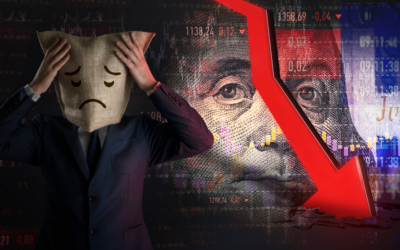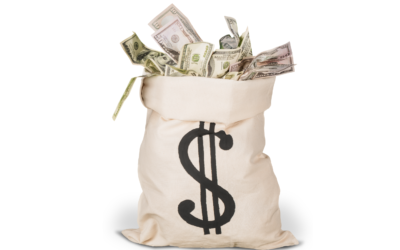Starting your dividend investing journey is exciting, but it can also come with questions and unexpected surprises. For instance, if you recently purchased shares and noticed discrepancies between the expected and actual dividend payout, it’s normal to feel a little confused. Let’s break it all down and clarify what’s happening.
Why Was My Dividend Lower Than Expected?
If you noticed a chart showing a dividend payout of $58.11, but you only received $28.56, a few factors could explain the difference:
- Ex-Dividend Date:
- Dividends are paid to shareholders who own the stock by the ex-dividend date. If you bought additional shares after this date, those shares won’t qualify for the current payout.
- For example, if you initially owned 50 shares on the ex-dividend date and added another 50 shares afterward, the dividend payout would only apply to the original 50 shares.
- Partial Periods:
- Some companies calculate dividends based on how long you’ve held the shares during the qualifying period. New shares may not be eligible for the full payout immediately.
What is DRIP (Dividend Reinvestment Plan)?
When it comes to managing your dividends, you have two main options:
- DRIP (Dividend Reinvestment Plan):
- Instead of receiving your dividends as cash, they’re automatically reinvested to buy more shares of the same stock.
- Pros:
- Grows your investment over time without any manual effort.
- Helps compound your returns by earning dividends on the additional shares.
- Cons:
- You’ll need to sell shares if you ever want the cash, which can involve fees or taxes.
- No DRIP (Cash Dividend):
- You receive your dividends as cash in your brokerage account.
- Pros:
- Provides flexibility to reinvest manually in other stocks, hold as cash, or spend as needed.
- Cons:
- Requires discipline if your goal is long-term growth, as manual reinvestment is not automatic.
Why Do Stock Prices Drop After Dividends?
If you noticed that the stock price dropped after you received your dividend, don’t be alarmed—this is normal. Here’s why:
- After a dividend is paid, the stock’s price typically decreases by the dividend amount. This reflects the cash leaving the company and going to shareholders.
- Over time, consistent dividend payments and reinvestments can offset these temporary dips.
How to Handle Price Fluctuations in Dividend Stocks
Seeing the price of your shares go down after you’ve purchased them can be unsettling, but it’s all part of investing. Here’s how to manage it:
- Focus on the Long Term:
- Dividend stocks are often about steady income and long-term growth, not short-term price movements.
- Track Ex-Dividend Dates:
- Make sure you’re aware of these dates to understand when your shares will qualify for payouts.
- Monitor Your Portfolio:
- Keep an eye on your stocks, but don’t let short-term dips derail your strategy.
- Consider Diversification:
- Spread your investments across different sectors and companies to reduce risk.
What’s Next for Your Dividend Investing Journey?
Now that you’re familiar with the basics of dividend payouts, DRIP, and price fluctuations, you can make more informed decisions:
- If you’re focused on growing your portfolio, consider enrolling in DRIP.
- If you prefer flexibility, stick with cash dividends and reinvest manually.
Remember, the key to successful dividend investing is patience and a clear strategy. If you have more questions or want to learn about maximizing your dividend income, feel free to explore our other resources.




0 Comments